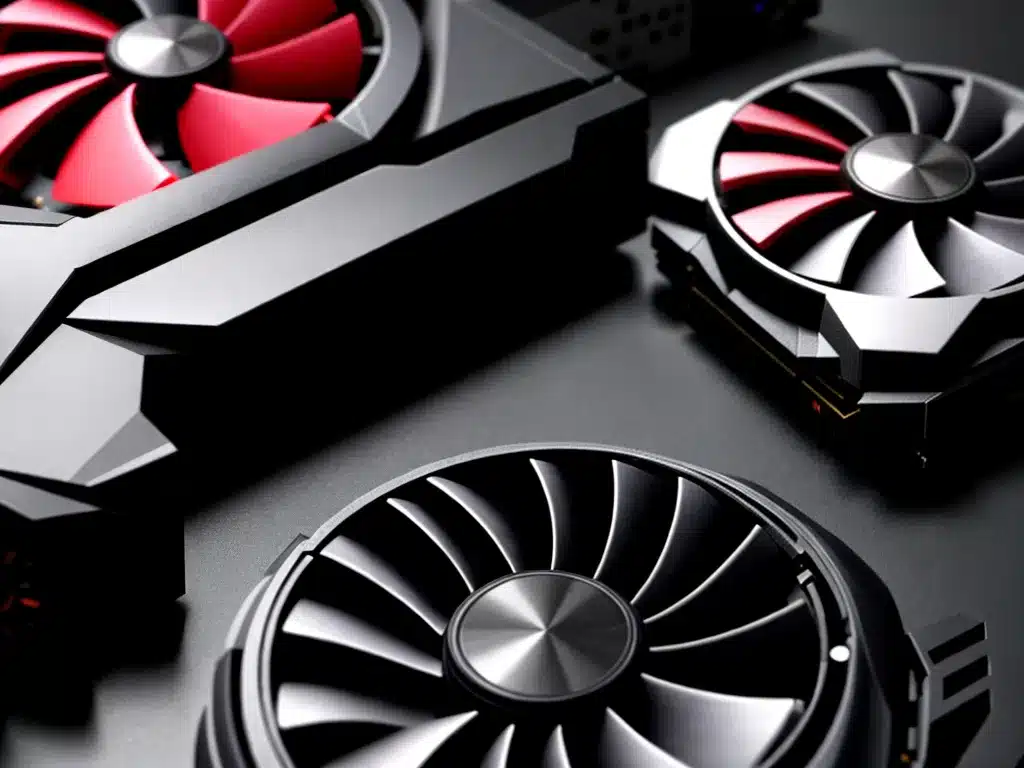

How to Pick the Right Graphics Card for 1080p or 4K Gaming
Choosing the right graphics card can be tricky, especially if you’re looking to game at high resolutions like 1080p or 4K. As an avid gamer, I’ve learned that there are several key factors to consider when selecting a GPU for high resolution gaming. In this guide, I’ll walk you through everything you need to know to pick the perfect graphics card for your needs.
Understanding Resolution and Frame Rates
The first thing to understand is how resolution and frame rates impact gaming performance.
Resolution
- 1080p refers to 1920 x 1080 pixel resolution. This is the standard for most gaming monitors today.
- 4K refers to 3840 x 2160 pixel resolution. 4K offers incredibly sharp visuals but requires more GPU power.
Frame Rates
- For smooth gameplay, you’ll want to target 60 fps (frames per second) at a minimum.
- Higher frame rates like 144 fps or 240 fps offer even smoother animation and response, especially for competitive gaming.
So when choosing a graphics card, you need to consider what resolution and frame rate you want to target in the games you play. Higher resolutions and frame rates demand more powerful GPUs.
Key Specs and Features
When comparing graphics cards, there are a few key specifications to look for that determine performance:
GPU (Graphics Processing Unit)
This is the main processor on the graphics card that does all the heavy lifting for rendering graphics. Some common GPUs today include:
- Nvidia GeForce RTX (3060, 3070, 3080 etc)
- AMD Radeon RX (6600, 6700, 6800 etc)
Newer and higher tier GPUs offer more raw horsepower.
VRAM
VRAM (video memory) stores all the textures and assets needed for graphics rendering.
- For 1080p gaming, 6GB or 8GB of VRAM is sufficient.
- For 4K gaming, you’ll want at least 8GB or ideally 10GB+ of VRAM.
More VRAM enables higher resolution textures and assets for better visuals.
Cooling
Better cooling solutions like multiple fans and heatsinks allow the GPU to sustain higher clock speeds for better performance.
Power Requirements
Higher tier GPUs require more power from the PSU (power supply unit). Make sure your PSU can deliver enough clean power.
Price Considerations
The GPU you choose will likely be the most expensive component in your gaming PC build. Some guidelines on pricing:
- Budget 1080p cards – $150 to $250 range
- Mid-tier 1080p cards – $250 to $400
- High-end 4K cards – $500+
The latest GPU architectures usually come with a premium price tag. Consider what level of performance you need for the games you want to play.
Reviews and Benchmarks
Once you’ve narrowed down your options, be sure to read reviews and check benchmark results for real-world gaming tests. Sites like Tom’s Hardware and TechSpot offer great data-driven analysis.
Pay attention to average and minimum fps (frames per second) results for the resolutions you’re targeting. This can help you manage expectations on performance.
Find the Right Balance
Choosing the right graphics card is ultimately about finding the ideal balance of performance, visuals and cost for your needs. Consider your monitor resolution, target frame rates, game genres and overall budget. Do your research and buy the best GPU you can afford! The right graphics card can mean years of high fidelity gaming.












